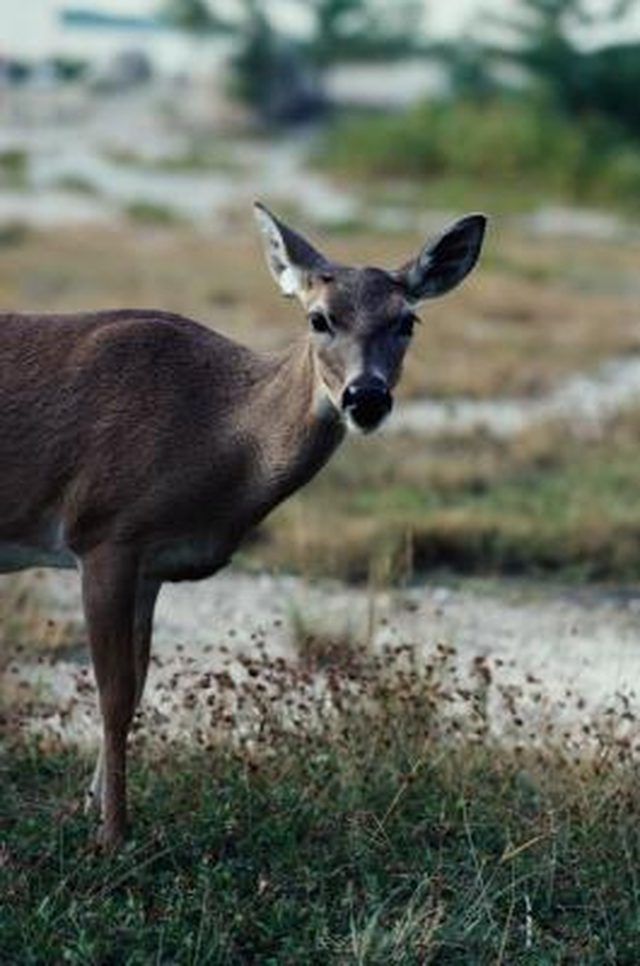Bulbs
Flower Basics
Flower Beds & Specialty Gardens
Flower Garden
Garden Furniture
Garden Gnomes
Garden Seeds
Garden Sheds
Garden Statues
Garden Tools & Supplies
Gardening Basics
Green & Organic
Groundcovers & Vines
Growing Annuals
Growing Basil
Growing Beans
Growing Berries
Growing Blueberries
Growing Cactus
Growing Corn
Growing Cotton
Growing Edibles
Growing Flowers
Growing Garlic
Growing Grapes
Growing Grass
Growing Herbs
Growing Jasmine
Growing Mint
Growing Mushrooms
Orchids
Growing Peanuts
Growing Perennials
Growing Plants
Growing Rosemary
Growing Roses
Growing Strawberries
Growing Sunflowers
Growing Thyme
Growing Tomatoes
Growing Tulips
Growing Vegetables
Herb Basics
Herb Garden
Indoor Growing
Landscaping Basics
Landscaping Patios
Landscaping Plants
Landscaping Shrubs
Landscaping Trees
Landscaping Walks & Pathways
Lawn Basics
Lawn Maintenance
Lawn Mowers
Lawn Ornaments
Lawn Planting
Lawn Tools
Outdoor Growing
Overall Landscape Planning
Pests, Weeds & Problems
Plant Basics
Rock Garden
Rose Garden
Shrubs
Soil
Specialty Gardens
Trees
Vegetable Garden
Yard Maintenance
Deer Resistant Creeping Phlox
Deer Resistant Creeping Phlox. Though deer will eat almost any plant if they are hungry enough, creeping phlox, also known as moss pink or Phlox subulata, isn't usually tasty to browsing deer. Plant creeping phlox in borders, rock gardens and along path edges to help deter deer.

Though deer will eat almost any plant if they are hungry enough, creeping phlox, also known as moss pink or Phlox subulata, isn't usually tasty to browsing deer. Plant creeping phlox in borders, rock gardens and along path edges to help deter deer.
Deer
Washington State University, Penn State and Colorado State University list creeping phlox among deer-resistant species. Though no plants are completely safe, deer tend to avoid plants with prickly or tough foliage, such as creeping phlox.
Features
Creeping phlox spreads low to the ground and rarely grows to more than 6 inches tall. Depending on local climate, creeping phlox can grow as a perennial or an annual. Plants produce red, pink, white or purple flowers in the spring.
Cultivation
Creeping phlox prefers partial shade to partial sun. Plants can tolerate a range of soils, from acidic to alkaline and sand to clay. Creeping phlox is somewhat drought-tolerant.
Habitat
Creeping phlox is indigenous to North America. It can grow in U.S. Department of Agriculture Plant Hardiness Zones 3b though 10, which encompasses much of the U.S.